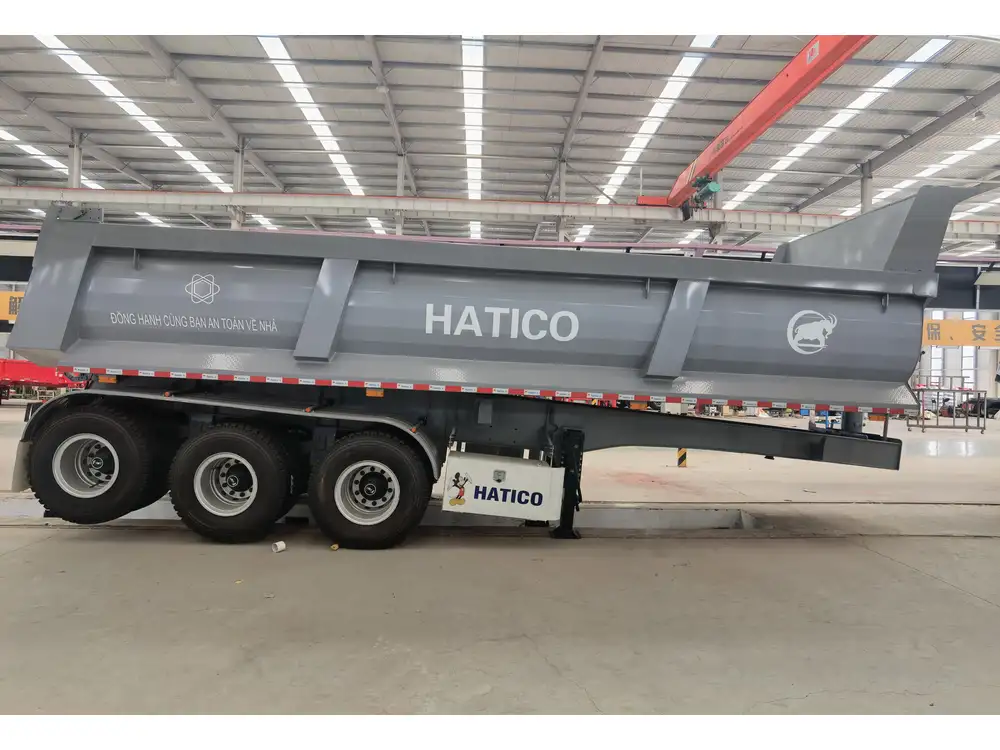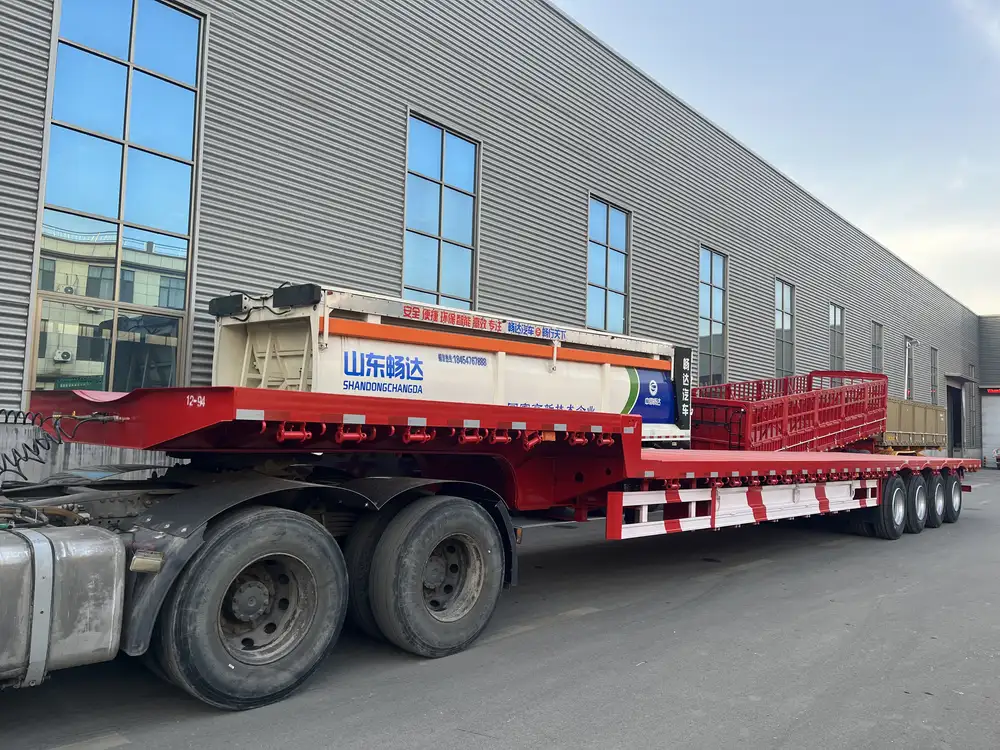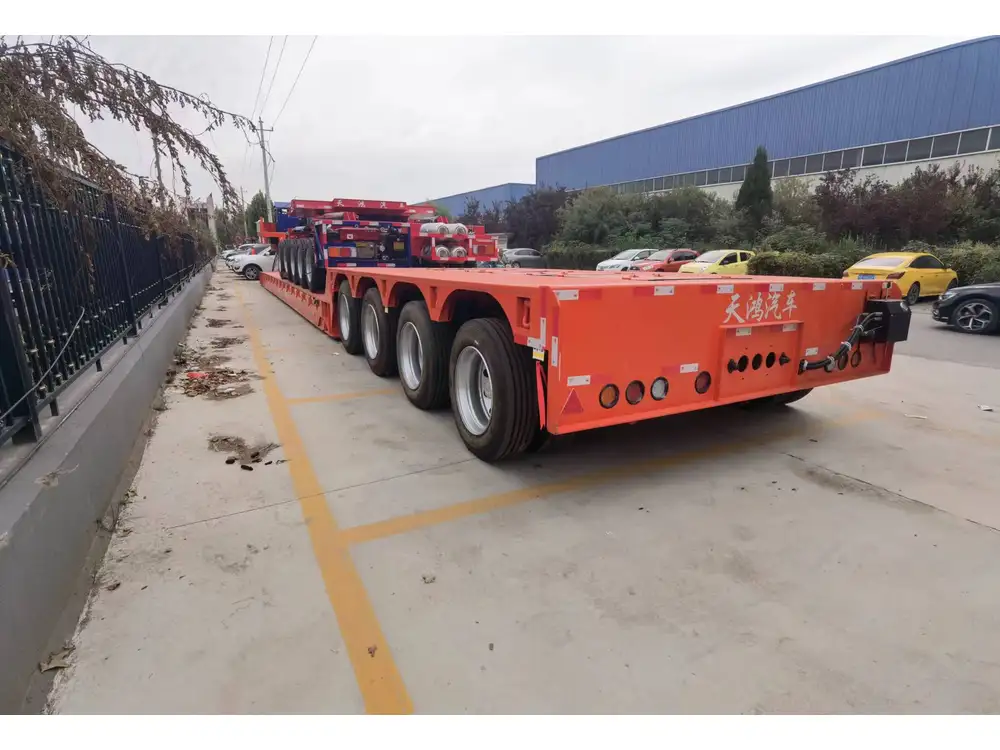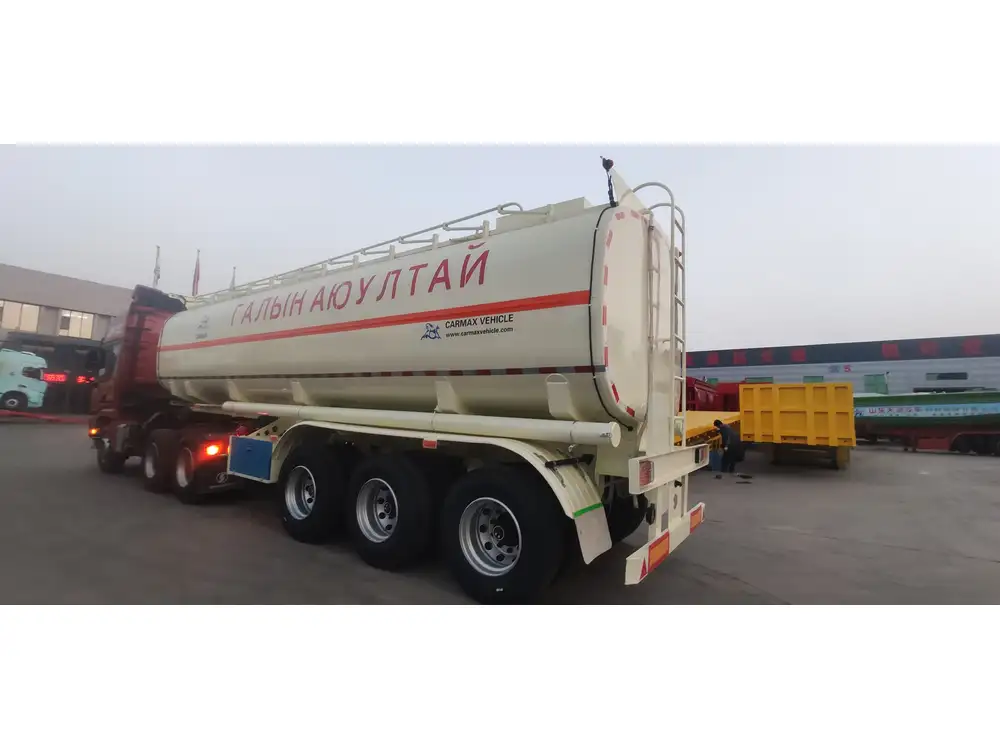Converting a travel trailer into a self-contained classroom offers a unique opportunity for educators seeking flexibility and creativity in teaching. A mobile classroom can cater to alternative learning environments, outdoor education, or even community outreach programs. In this comprehensive guide, we will delve into detailed steps, considerations, and features necessary for transforming your travel trailer into a well-equipped, efficient teaching space.
Understanding the Concept of a Mobile Classroom
Before embarking on the conversion journey, it’s essential to grasp the concept of a mobile classroom fully. Unlike traditional classrooms confined to four walls, a mobile classroom allows for dynamic interaction with varied environments. Here are some of the primary benefits:
- Flexibility in Location: A self-contained classroom can be set up virtually anywhere—from a park to a playground, or even at community events.
- Enhanced Learning Experience: Being in nature or a different local setting can invigorate the learning process.
- Community Engagement: Mobile classrooms can foster stronger ties with the community by offering educational opportunities outside standard institutions.
Key Features of a Self-Contained Classroom
When converting your travel trailer, it’s vital to incorporate features that enhance functionality and usability. Consider the following elements:
| Feature | Description |
|---|---|
| Seating Arrangement | Flexible seating that accommodates different group sizes. |
| Technology Integration | Ensure the availability of Wi-Fi, smart boards, and outlets for devices. |
| Storage Solutions | Ample storage for teaching materials and student supplies. |
| Climate Control | Heating and cooling systems to create a comfortable environment. |
| Accessibility | Ensure ease of access for all students, including those with disabilities. |
| Safety Features | Smoke detectors, fire extinguishers, and first aid kits. |

Planning Your Conversion
Assessing Your Travel Trailer
Before initiating any designs or constructions, evaluate the current condition of your travel trailer. Key considerations include:
- Size and Layout: Determine the space available for educational activities. Adjustments might be needed for adequate movement and furniture placement.
- Electrical System: Assess the existing electrical system. Depending on the technology you plan to implement, you may require upgrades.
- Insulation and Weatherproofing: A properly insulated trailer maintains a comfortable temperature, crucial for effective teaching.
Creating a Design Blueprint
Start by sketching out the layout of your mobile classroom. Implementing a well-thought-out design can help streamline the conversion process:
- Zoning: Divide the trailer into distinct zones. For example, create areas for instruction, storage, and relaxation.
- Furniture Choices: Select multi-functional furniture that can be easily stored or rearranged as needed, such as foldable tables and chairs.
- Aesthetic Considerations: Choose bright colors and inspiring decor to create an inviting learning environment.

Essential Equipment and Materials
Recommended Educational Supplies
Now that you have a design in mind, it’s time to gather the essential educational supplies. Your mobile classroom should be equipped with:
- Whiteboards or Chalkboards: Essential for interactive lessons.
- Technology Station: Laptops, tablets, or other tech to enhance learning outcomes.
- Craft Supplies: Construction paper, markers, scissors, and other materials for creative projects.
- Books and Resources: A selection of relevant texts to support curriculum goals.
Choosing the Right Materials
When selecting materials for your conversion, consider durability and ease of maintenance:
| Material | Use | Why Choose This? |
|---|---|---|
| PVC Flooring | Flooring | Waterproof and easy to clean. |
| Magnetic Paint | Board Surface | Versatile use for lessons and customizable displays. |
| Modular Furniture | Seating/Storage Options | Easy to reconfigure for different activities. |
| LED Lighting | Lighting | Energy-efficient and adjustable for atmosphere. |

Implementing Technology for an Engaging Classroom
Integrating technology into your conversion enhances the educational experience significantly. Here are the technological elements to consider:
Internet Connectivity
- Wi-Fi Hotspot: Equip your trailer with a mobile hotspot or consider satellite internet options for remote learning.
- Networking: Ensure a robust network connection for all devices used in the classroom.
Teaching Aids
- Smart Boards: These enhance interactive learning and can be connected to devices for seamless presentations.
- Projectors and Screens: Facilitate presentations and movie discussions, enriching the learning atmosphere.

Safety Features
While focusing on the educational aspect, do not overlook safety:
- Surveillance Cameras: To monitor the surroundings.
- Emergency Kits: Stock necessary supplies to handle minor medical situations effectively.
Organizing the Learning Environment
Setting Up the Classroom
Once your travel trailer is equipped, it’s time to organize the learning environment for optimal use. Consider these practical tips:
- Flexibility: Arrange desks and chairs to accommodate various teaching styles: group work, lectures, or individual studies.
- Natural Light: Maximize windows for natural light, which benefits mood and energy levels.
- Zones: Create reading corners, tech stations, and work areas by utilizing your design blueprint.

Creating a Welcoming Atmosphere
- Decor: Use educational posters, student artwork, or themed decor relevant to the subjects being taught.
- Comfort: Introduce cushions or rugs to make the environment warm and inviting.
Curriculum Ideas for Mobile Learning
A mobile classroom provides a rich canvas for creative educational experiences. Here are some innovative curriculum ideas:
Outdoor Education
- Nature Studies: Take advantage of outdoor settings for lessons in biology, ecology, and environmental science.
- Field Trips: Utilize local resources for practical learning experiences, such as museums or historical sites.

Community Projects
Engage students with projects that connect them with the local community:
- Service Learning: Involve students in community service projects, fostering teamwork and a sense of responsibility.
- Interviews and Documentation: Encourage students to document oral histories or community stories, enhancing research and communication skills.
Thematic Units
- Consider thematic units that integrate various subjects, enabling interdisciplinary learning.
Addressing Challenges and Considerations

Overcoming Space Limitations
The primary challenge in a mobile classroom relates to limited space. To maximize effectively, consider the following strategies:
- Minimalism: Prioritize essential materials and resources that support learning objectives.
- Vertical Storage: Utilize wall space for shelving and storage bins, reducing clutter and providing easy access to supplies.
Climate and Weather
Weather can significantly impact your mobile classroom experience:
- Heating/Cooling Systems: Install portable heaters or fans to manage temperature.
- Waterproof Coverings: If outside, utilize awnings or covers to create shade or protect against rain.
Accessibility
Ensure your mobile classroom adheres to ADA guidelines, providing access for all students. Consider:
- Wider Entrances: Check that doorways accommodate wheelchairs.
- Accessible Storage: Store frequently used materials in easily reachable locations.

Conclusion
Transforming a travel trailer into a self-contained classroom is a bold and exciting project, opening doors to innovative educational opportunities. By thoughtfully considering layout, technology, resources, and curriculum, you can create a dynamic learning environment tailored to the unique needs of your students. With flexibility and creativity, your mobile classroom can redefine the traditional educational experience, making learning accessible, engaging, and inspiring.
Key Takeaways
- Assess and design your trailer for space optimization.
- Prioritize essential materials and technology for an optimal learning experience.
- Engage students with creative and community-connected curriculum ideas.
- Ensure safety and accessibility, adapting to various weather conditions.
The potential for mobile education is vast, and with careful planning, your travel trailer can serve as a conduit for learning and exploration in ways that convene traditional classrooms. It’s not just about teaching; it’s about building community, fostering curiosity, and championing an empowered learning experience.



